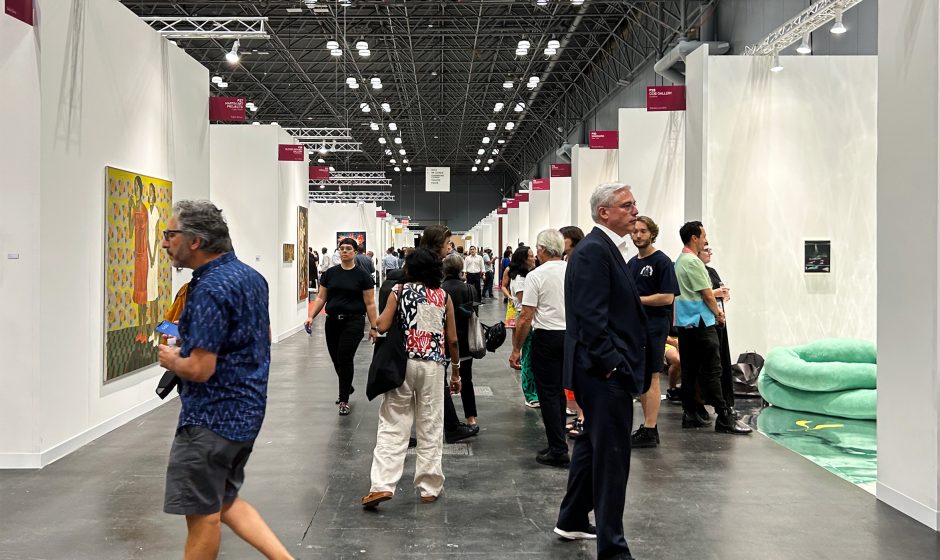Joe Amrhein and Susan Swenson were going to sit out the Armory Show this fall for the first time in a quarter century until they got a call last month from the fair’s director.
The owners of Pierogi Gallery in Brooklyn’s Williamsburg neighborhood initially did not apply this year due to the show’s rising booth costs, which can exceed tens of thousands of dollars. Pierogi is planning the next phase of its business, which could include relocating to Lower Manhattan.
But Armory executives Kyla McMillan and J. Tyler Woodall appealed to Pierogi and the fair’s shared history — in 2016, Amrhein suggested the Armory use an empty space to display Jonathan Schipper’s installation of a Volkswagen Golf crashing into a wall; the presentation of large-scale art has since become a cornerstone of the show. They recently negotiated a smaller exhibition space for Pierogi with a lower rate, enabling the gallery to return.
“We had been on the fence about it since the economy is very uncertain and it’s a big investment,” Swenson said. “We’re not one of the big box galleries. Some of them have their own economies now.”
The Armory Show has come a long way from exhibiting several New York gallerists on three floors of the Gramercy Park Hotel in the mid-1990s. Since 2021, the fair has set up camp at the spacious Javits Center near Manhattan’s Hudson Yards, where it will host some 230 galleries from more than 35 countries from September 4 through 7.

The show also has new owners. Two years after Frieze acquired the Armory Show and EXPO Chicago, its parent company, Endeavor Group Holdings, sold its roster of art fairs for $200 million to Hollywood superagent Ari Emmanuel. The former Endeavor CEO envisions Frieze as a key piece of a new global events company he formed this year, and perhaps one positioned to compete with Art Basel’s dominance in the contemporary art market.
But with a reported downturn in the market, galleries have been weighing their options.
Once mainstays at the Armory, blue-chip institutions have instead drifted toward Frieze’s spring fair, the Art Dealers Association of America’s (ADAA) Art Show (before it was abruptly canceled this year), or TEFAF New York — or they are skipping the New York fairs entirely. David Zwirner hasn’t exhibited at the Amory Show since 2022, and chose to show at ADAA several years before that. Pace Gallery’s last year at the Armory was 2021. Gagosian hasn’t shown at the Amory since 2020, back when it was held at Piers 92 and 94. Lisson hasn’t been at the fair since 2019.
Others are busy courting international buyers in Asia and the Middle East, where Art Basel Qatar will launch in Doha in February 2026. It doesn’t help that Frieze is competing against itself: Its three-year-old Frieze Seoul fair overlaps with Armory next week, forcing galleries to choose.
“Everybody is asking where we should be investing our energy and time and our focus,” David Norr, partner at James Cohan Gallery, told Hyperallergic. “The cost of shipping, travel and built-in expenses in participation in these fairs continues to go up.”
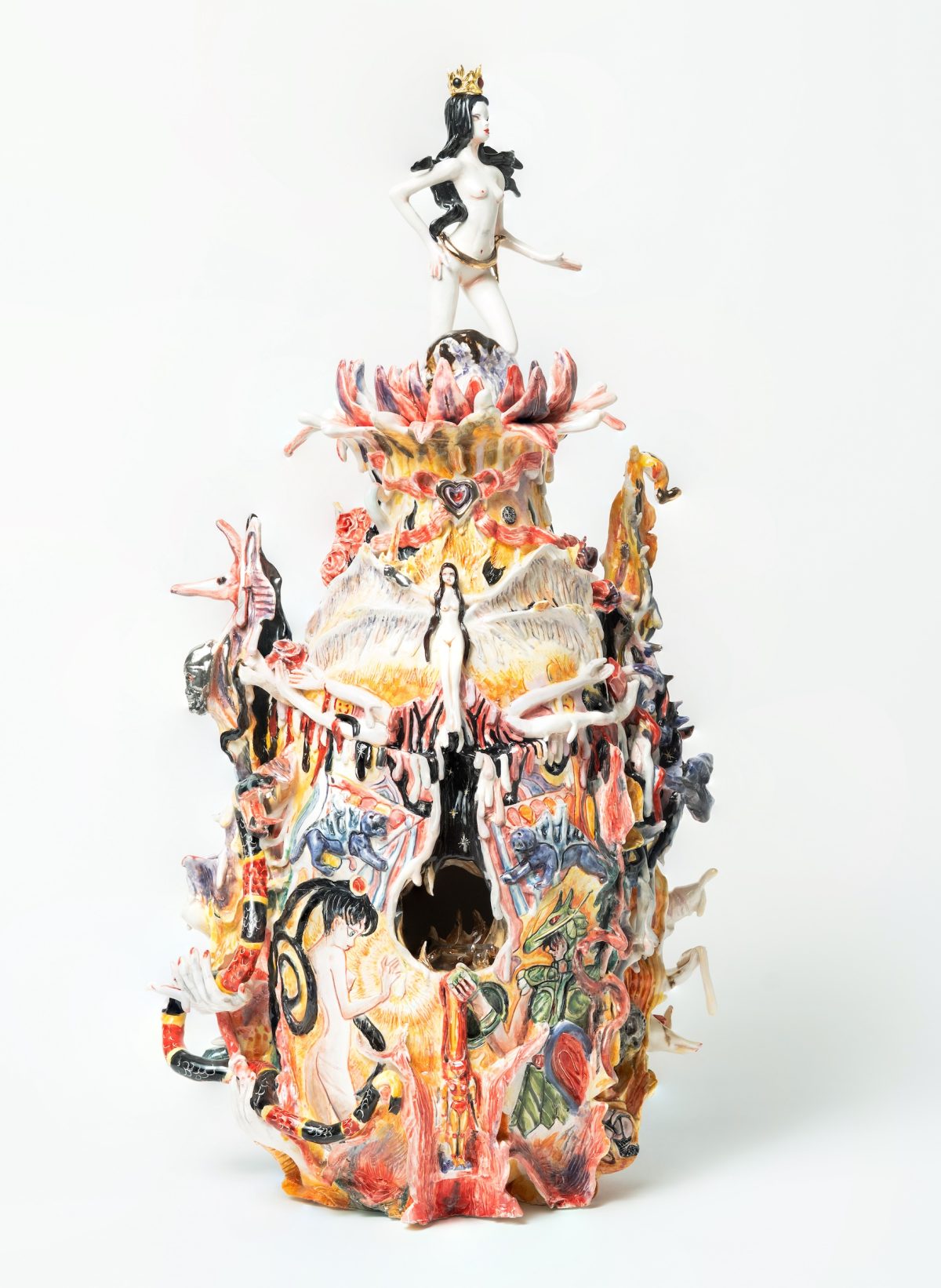
Others are simply skipping the season altogether. Jack Shainman stepped back from showing at New York fairs in recent years to focus on its exhibitions in Chelsea and the newly renovated Clock Tower building in Civic Center. After wildfires ravaged Los Angeles in January, Night Gallery chose a gallery residency at Arsenal Contemporary instead of participating in several international art fairs.
“This is both a result of the market and our ability to be in multiple places at once,” Night Gallery spokesperson Shy Watson said. “We are trying to create alternative models of exhibition, promotion, sales, and community.”
The Armory is used to a relatively high degree of churn. This year, 55 galleries are participating in the fair for the first time, with another 20 returning from a hiatus, roughly in line with figures from 2024, a fair spokesperson said.
But the relative lack of large commercial institutions at the show presents an opportunity for New York galleries to cultivate new collectors and promote their artists to a broader audience.
“We feel like a large gallery there even though in most art fair contexts we’re very much in the middle,” said Norr of James Cohan. “It feels like you’re giving back some attention to a local ecosystem that’s not only familiar, but wants engagement.”
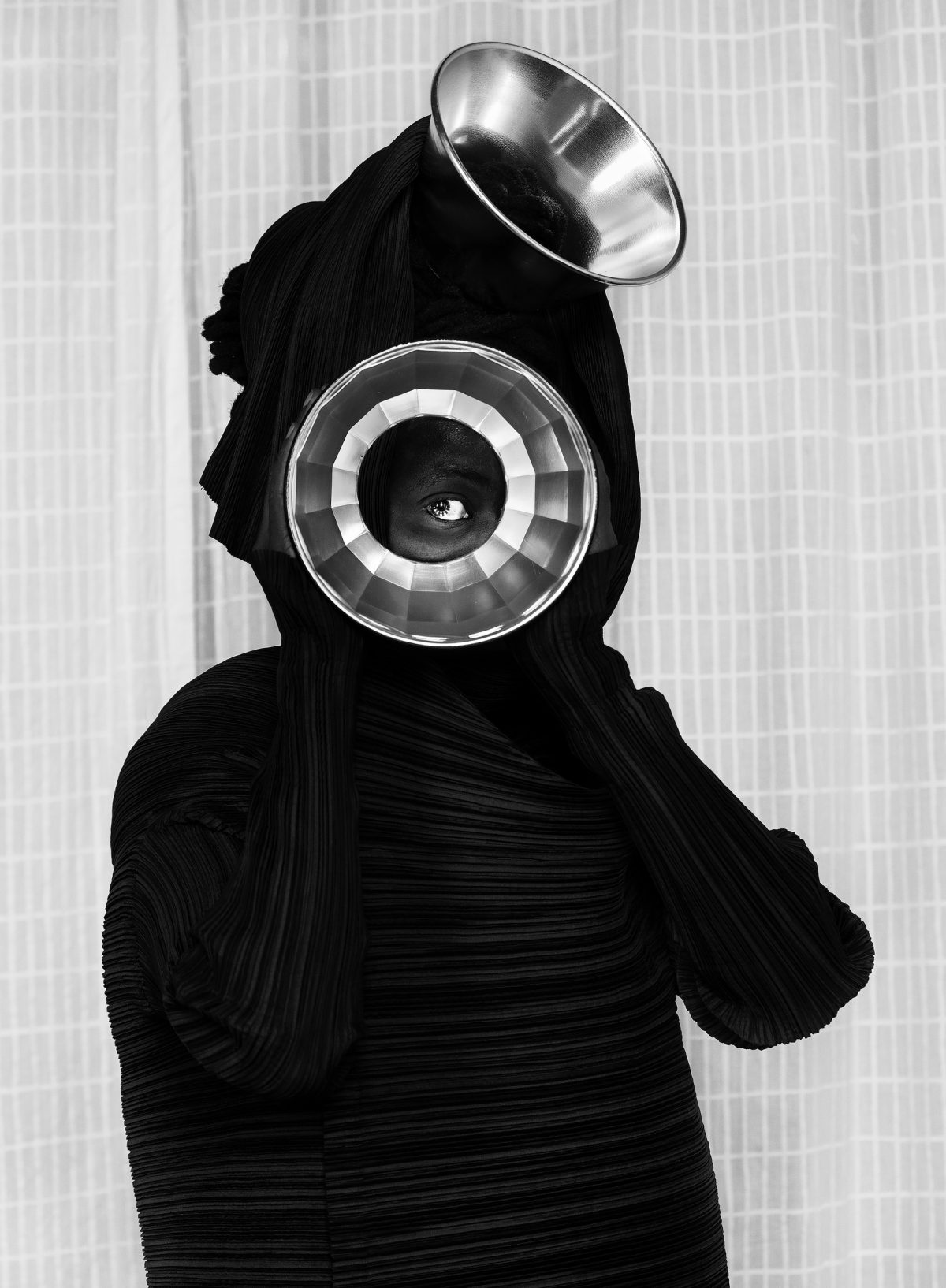
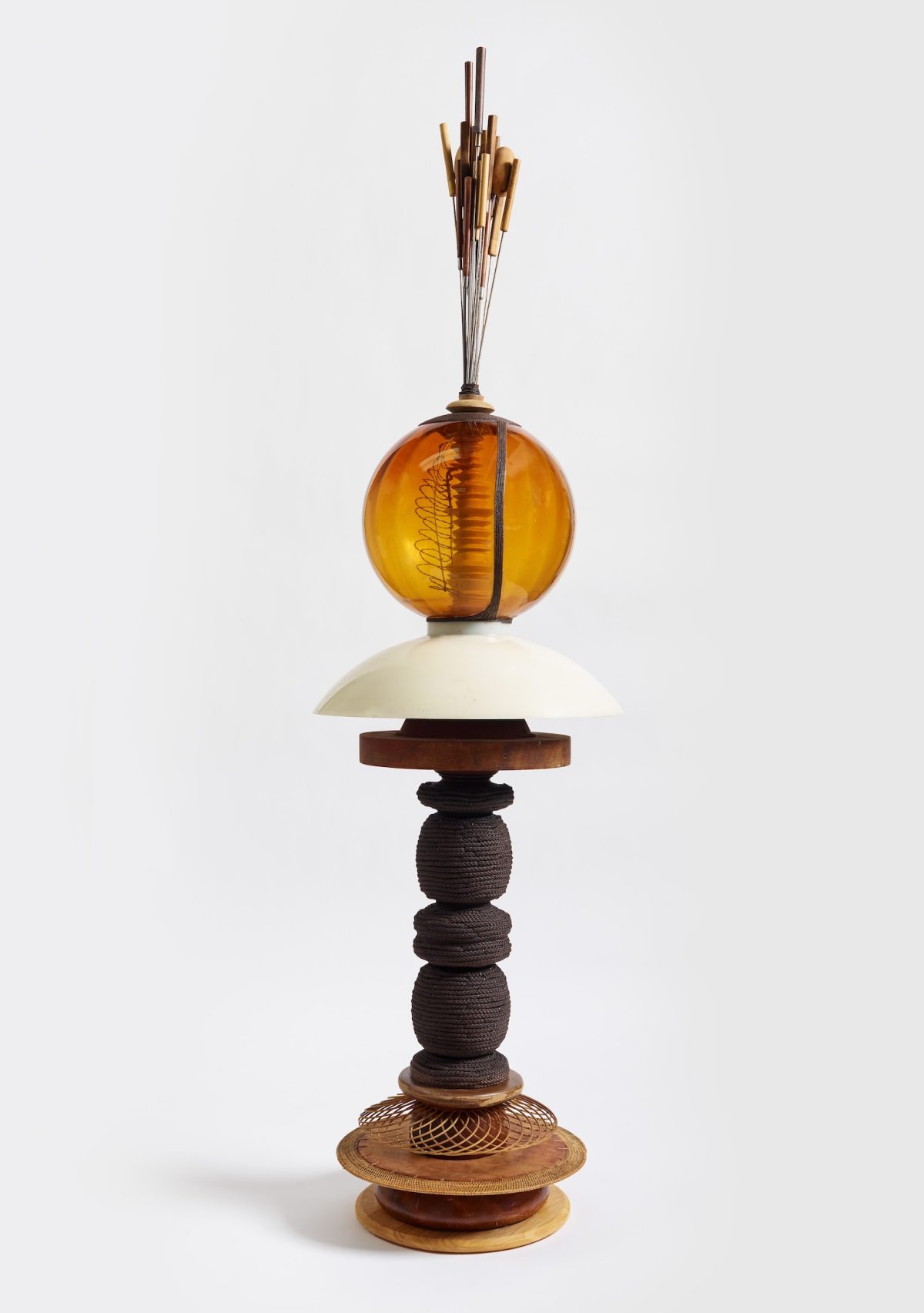
Right: Jason Bailer Lost, “Sister Work (A)” (2017) (image courtesy Anat Ebgi)
Swivel Gallery owner Graham Wilson, who is participating for the first time, was excited that Armory reached out with an opportunity to showcase his roster of artists. Swivel will feature Alejandro García Contreras’s ceramics in the Presents section, which spotlights galleries under 10 years old, as well as an installation from multidisciplinary artist and filmmaker Simon Benjamin in the Platform section, this year curated by a nonprofit, the Georgia-based Souls Grown Deep Foundation.
“The visibility of the fairs is 20 times more than an artist can get at a solo exhibition at a gallery,” Wilson said.
The draw of being able to meet new patrons so close to the city’s largest concentration of galleries remains a key appeal. Yancey Richardson, who is showing at Armory for the 16th year, appreciates that it’s only 12 blocks from her Chelsea gallery.
“It’s nice to go and do a fair in another city or another country and develop a clientele there, but we also meet new clients here in New York,” she said. “Then those people will come often to visit the gallery during the year once they meet us.”
Anat Ebgi opened a satellite location in Tribeca two years ago in part because of the success her Los Angeles-based gallery has had meeting clients at Armory, Moira Sims, the gallery’s New York director, told Hyperallergic.
“A lot of clients come by on the first day and we see them at the gallery the second day, and then we see them back at the fair later in the week,” Sims said. “It feels like a prolonged engagement with clients at this fair in particular.”
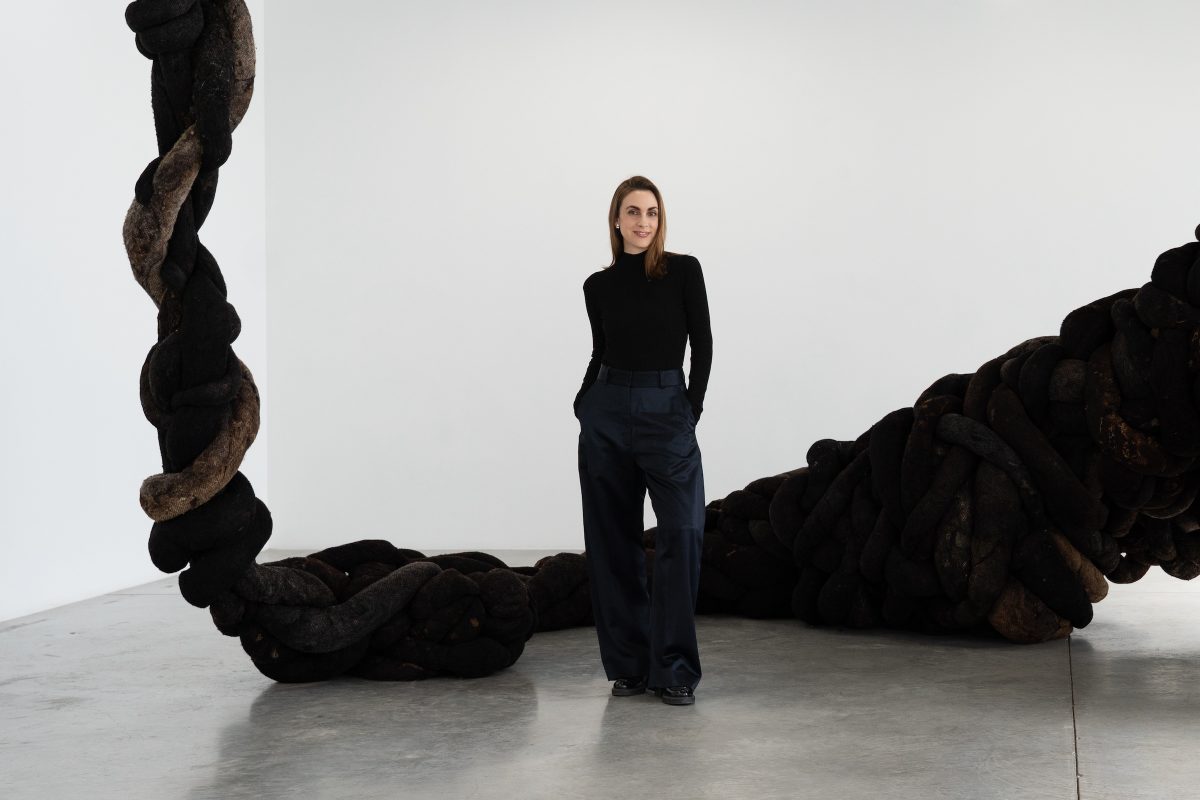
Sometimes, it’s too hard to choose. Jennifer Carvalho, who owns Carvalho gallery in Brooklyn, had participated in South Korean art fairs for several years, but never with Frieze Seoul, and had a good experience at the Armory last year. Next week, she’s planning to fly to Seoul to install a solo exhibition for London-based artist Yulia Iosilzon and attend previews before getting on a 6am flight back to New York. She lands at JFK Airport at 11am on Thursday — just in time for the Armory’s VIP opening.
“I’ve invested in a flatbed seat and I’m just going to drink as much water as possible,” Carvalho said. “My team said they’ll have green tea waiting for me. I have an exceptional team.”
